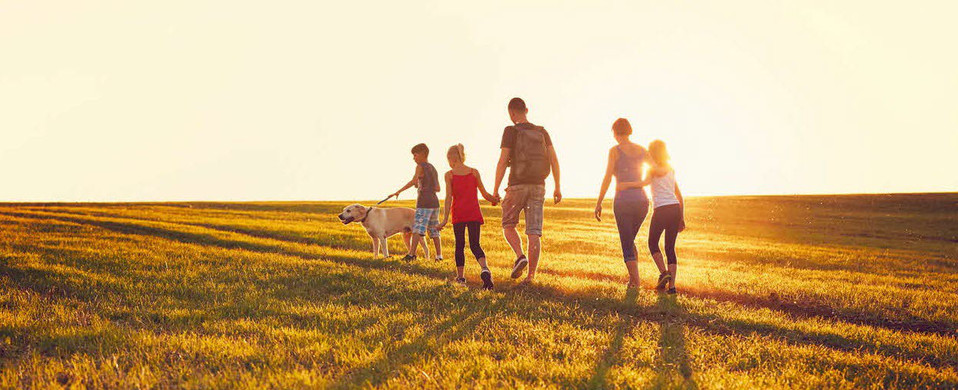Pets and children – planning is the key to family bliss
13 Aug 2018
As a nation full of pet lovers, many Australian households have a mix of both children and pets. But successfully integrating a pet into your family or successfully getting your pet to accept a newborn into the house can take some thought and consideration.
At an Australian Veterinary Association (AVA) Conference in Melbourne, United States-based veterinarian, Dr. Laurie Bergman, will discuss ways to successfully bring pets and children together.
“One of the most common questions I get asked is how to prepare a pet for a new baby. This is definitely a situation where the sooner the better applies and families should start thinking about child-pet interactions well before a pregnancy or adoption.
“For those with an older dog, I recommend putting a lot of time in well before the birth of the baby on teaching the dog to be comfortable being physically separated from people when the people are home. This can be done using a baby gate or crate. When the baby is up and about, especially as the child gains mobility, the dog will then be comfortable being separated and given a long-lasting goodie or a food dispensing toy.
“For an older cat, if the owners know the cat is already sensitive to sounds, this should be discussed with the veterinarian well before the baby arrives. The veterinarian may then recommend a product or medication to help the cat manage with the noise.
“For those who are introducing an older pet to older children, it’s important to remember that children are not good at interpreting dog body language, especially fearful behaviour.
“Regardless of the breed, age or sex of the dog, parents should always teach their children how to appropriately interact with their animal and other animals as well,” Dr Bergman said.
AVA President Dr. Paula Parker said that it’s important for children to always be supervised when they are around the family pet.
“The key for families that have both children and pets is to ensure children are never left alone with pets. This is to protect the health and welfare of both the pet and the children. Education is also critical so that children learn how to interpret the dog’s body language and how to appropriately behave with the animal.
“When households with pets and children are thinking of changing family dynamics by either introducing a new pet or a new child, it’s important that they speak to their veterinarian as early as possible who can provide advice and tips on how to successfully navigate through this change in a way that ensures the safety of both the children and pets,” Dr. Parker said.
For further information and requests for interviews contact the AVA media office on 0439 628 898 or media@ava.com.au.
The Australian Veterinary Association (AVA) is the only national association representing veterinarians in Australia. Founded in 1921, the AVA today represents 9000 members working in all areas of animal science, health, and welfare.
